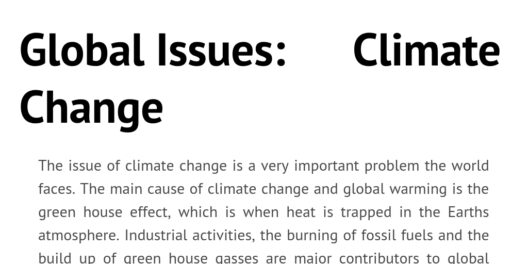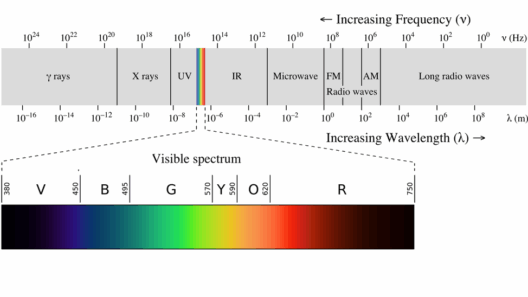Daylight Saving Time (DST), an annual ritual in which clocks are adjusted forward by one hour in the spring and set back in the fall, has long been a subject of debate. The primary rationale behind this biannual clock manipulation is the perceived conservation of energy. Proponents argue that by extending daylight into the evening hours, energy consumption is reduced, thereby contributing to both economic and environmental benefits. However, as we delve deeper into the intricacies of this phenomenon, it becomes increasingly clear that the relationship between Daylight Saving Time and energy conservation is more complicated than it appears. This exposition seeks to demystify the assumptions surrounding DST’s efficacy in curbing energy use, contrasting established facts with widespread misconceptions.
The genesis of Daylight Saving Time can be traced back to the early 20th century, primarily instituted during World War I and later during World War II as a measure to conserve fuel. The idea was that longer daylight hours would reduce reliance on artificial lighting and, subsequently, lower energy consumption. The notion gained traction again during the oil crises of the 1970s, reinforcing the belief that DST was a practical approach to mitigating energy demands during peak consumption periods. Yet, as energy consumption patterns have evolved, so too has the validity of this claim.
A plethora of studies have scrutinized the energy conservation benefits attributed to Daylight Saving Time. Empirical evidence indicates that the initial rationale may not hold water. For instance, a comprehensive analysis conducted by the US Department of Energy in 2008 demonstrated that the energy savings attributed to DST are minuscule, amounting to a mere 0.5% reduction in daily energy consumption. This revelation casts a shadow over the longstanding assertion that extending daylight yields significant energy savings.
One crucial aspect often overlooked in this debate is the shift in energy usage patterns in modern society. In the past, the majority of energy consumption centered around household lighting. However, as technology has advanced, energy demands have diversified significantly. Today, a sizeable portion of energy usage is dominated by heating, cooling, and electronic devices—areas not as amenable to the fluctuations prompted by DST. This transformation means that while longer evenings may reduce lighting needs, they do not necessarily translate into substantial reductions in total energy consumption.
Furthermore, the argument that extending evening daylight diminishes incandescent lighting usage overlooks the fact that other energy-consuming activities tend to increase during these extended daylight hours. For example, outdoor recreational activities may surge, leading to increased use of electricity for entertainment systems, air conditioning, or heating depending on the season. Consequently, the original premise that extending daylight hours would lead to a net reduction in energy consumption is called into question.
Another critical factor to consider is the impact of Daylight Saving Time on human behavior. The psychological effects of altered time schedules cannot be dismissed lightly. Research has illuminated the propensity for people to engage in more outdoor activities during longer daylight hours. While this may initially suggest energy savings, such behavior often correlates with a rise in energy consumption from increased transportation needs, greater use of recreational spaces, and heightened electricity usage in commercial settings. This unintended consequence raises the question: does Daylight Saving Time inadvertently promote behaviors that counteract its purported energy-saving goals?
Moreover, the biannual clock changes associated with DST have ramifications for public health, further complicating the discourse around energy conservation. The disruption of natural circadian rhythms can lead to a host of health issues, including sleep disorders, increased stress levels, and even heightened rates of workplace accidents. The societal costs associated with these health consequences can overshadow any marginal savings on energy bills, prompting a reevaluation of whether the practice is justifiable in the contemporary context.
Given the evolving landscape of energy consumption, some regions have already begun reexamining their commitment to Daylight Saving Time. Several states in the US have sought to abolish DST altogether, citing minimal energy benefits and substantial public health implications. Countries such as Japan and large portions of the European Union have also questioned the necessity of the time change, opting instead for a more stable approach to time management that aligns better with modern energy use trends.
The discourse surrounding Daylight Saving Time offers a fascinating glimpse into the interplay between human behavior, energy conservation, and societal well-being. While the claim that DST helps conserve energy is steeped in historical context, modern research suggests that the realities of energy consumption patterns have rendered such assertions largely mythical. The push for energy efficiency is paramount in the face of climate change, and unraveling the complexities of practices such as Daylight Saving Time is essential for devising effective policies that contribute to environmental sustainability.
In conclusion, while Daylight Saving Time was conceived amid well-intentioned goals of energy conservation, the evidence now suggests that its effectiveness is minimal at best. The shifting energy demands of contemporary society, coupled with the potential adverse effects on public health, call for a critical reassessment of the practice. As awareness of climate change intensifies, a more pragmatic and scientifically informed approach to energy policy will be critical in navigating the challenges of the future.








